Last Updated on September 14, 2022 by Rebecca Huff
One question I get asked often: People want to know how to read a label
It's no surprise food labels in America can be baffling. Even when you know what to look for you can sometimes get duped by strategic placement. Plenty of grocery stores also take advantage of the fact that putting the produce section in the front of the store loop will cause consumers to feel that choices made after leaving the produce section are healthier than they are. This is called a Health Halo Effect which causes many people to consume more calories than they would otherwise. I know it has happened to me!
Why it's confusing
Many shoppers simply go by the words on the front of the label. That can be very deceiving. The problem centers around words like “natural” or “green” and the lack of food labeling laws in the US. It's important to learn how NOT to be greenwashed by food manufacturers as well as beauty products and cleaning products. One of the most irritating ways food companies greenwash consumers is “no sugar added” on the front label, ugh… that really does annoy me because then people think it's so healthy! Well, what they don't tell you is that there are artificial sweeteners in the product which cause migraines, gastrointestinal problems, and more.
What's important
You want to be able to decipher labels so you can determine how healthy or unhealthy a food is, right? So the most important part is the ingredient list. The paragraph, or hopefully, just a few words separated by commas.
Ingredients
There are two main areas you will want to look at on a label. The first section I look at is the “ingredients” list. The reason is that it is pretty straightforward. If you see a long paragraph under the word INGREDIENTS then you know that you are holding a highly processed food.
The ingredients are listed in order of quantity so if “wheat” is the first ingredient then you will know that it is what makes up most of the content of that food. I like to see if I can find products with under five ingredients, of course that's not always possible, and sometimes I find something great on sale that has more than five ingredients!
One ingredient that you will see listed in a variety of ways is sugar. Sometimes you will see multiple kinds of sugar listed in one product. For example I've seen evaporated cane syrup, brown rice syrup and molasses all listed as ingredients in one “healthy” bar. Some of the things I try to avoid when looking at this section of the label are:
- high fructose corn syrup (HFCS), sugar or alternative sugars and artificial sweeteners
- partially hydrogenated anything
- hydrolyzed soy protein
- artificial anything, but usually flavorings
- artificial colors, most commonly used are Red #40 and Blue #2 (linked to brain tumors and hyperactivity)
- Monosodium Glutamate (or MSG) which is an excitotoxin, often listed as “natural flavors”
- Preservatives such as BHT and TBHQ and also sodium benzoate (which also causes hyperactivity in children)
- Caramel color – some forms are considered a carcinogen, so I try to avoid it at all
- Carrageenan – used to thicken foods, some forms are a carcinogen. I even found this in my heavy cream from Trader Joe's recently and was really disappointed. I won't be buying heavy cream there until the ingredient is removed because it is neither safe nor necessary.
- Propylene Glycol – one of the first ingredients I started avoiding (after sugar!)
(source)
Don’t eat anything with more than five ingredients, or ingredients you can't pronounce ~ Michael Pollan
Nutrition facts
Start at the top and work your way down. At the top of the nutrition Facts label you will see the serving size and how many servings per container are in the package. This is important because if you see 200 calories and think YAY! Then proceed to eat the contents of the entire package, you might get more than you bargained for.
This happened to my daughter once with Ramen noodles, then we switched to a different variety of noodles! She had a package of Ramen that she particularly likes and we were discussing the calorie load. She said it had 250 calories and I said told her that what she was actually eating was 500 calories because the “serving size” was two. It's crazy, but if you look on most cans of soup, etc. the serving size is much smaller than you think!
Next you will see the Calories per serving section. Here you will see how many calories are in each serving, *see serving size above! This is pretty self explanatory.
In the next section you will see a Quick Guide to the percentage of Daily Value. This is where you will find information on Total Fat, Saturated Fat, Trans Fat, Cholesterol, Sodium and Total Carbohydrates. I pay particular attention to Trans Fat… health experts suggest that keeping your intake of saturated or trans fat low is important for a balanced diet.
Off to the side of this section you will see a % Daily Value section. These are recommendations for certain nutrients based on a 2,000 calorie daily diet. If you are curious how many calories you consume in a day, you can always use a calorie tracker like myfitnesspal.com The %DV can help you decide if a food is a good source of a certain nutrient. Will this food be a significant contribution to my daily intake of a particular nutrient?
Directly under this section is a section that most people don't pay enough attention to. Dietary Fiber followed by Vitamins and Minerals that are essential to health are included in this section. Fiber is so important to a healthy diet! Eating dietary fiber promotes healthy digestion and healthy bowel function. Fiber helps to prevent constipation. Another example, women may be interested in how much Iron is in a product.
Don't skip over the Sugar and Protein section! Protein is so important at every meal. Sugar is one of the first things my children and I look at. You might not have noticed but no daily reference value is listed for sugar. This is so tricky! The FDA does not have a set percentage, however the American Heart Association recommends keeping your intake under 9 teaspoons (25 grams) per day. However, some doctors recommend an even lower amount than that
Excess sugar consumption has been clearly linked to health problems like diabetes,5 heart attack6 and much more, so it's likely that the less sugar you eat, the better, and this is particularly true when it comes to fructose. As a standard recommendation, I advise keeping your TOTAL fructose consumption below 25 grams per day. For most people, it would also be wise to limit your fructose from fruit to 15 grams or less, as you're virtually guaranteed to consume “hidden” sources of fructose if you drink beverages other than water and eat processed food.
Fifteen grams of fructose is not much — it represents two bananas, one-third cup of raisins, or two Medjool dates. Remember, the average 12-ounce can of soda contains 40 grams of sugar, at least half of which is fructose, so one can of soda alone would exceed your daily allotment. (source removed from mercola.com)
Using the label to achieve your own goals.
The Nutrition Facts section of a food label can be used to either limit how much of a certain nutrient you intake or it can also be used to increase nutrients that you might need to consume in a greater quantity, like Calcium or Iron. This is often listed in a percentage in the footnote area. You can use this to determine how many servings it would take for you to get 100% of your DV of that food from just this source.
At the bottom of the Nutrition Facts Label you will see a *Percent Daily Values paragraph with a list and lots of numbers. This section is considered a “footnote” and it explains that the Daily Values are based on a diet which consists of 2,000 calories vs. 2,500 calories. It's like a “between these areas” graph. Public health experts recommend a maximum intake of sodium for example, so you will notice this section the numbers usually do not change.
Unfortunately, many of us eat foods and beverages without seeing a label or asking for the nutrition facts. For example, many people enjoy a weekly or daily drink from Starbucks, but did you know some of the dessert like drinks there include as much as 400% of the recommended daily limit of sugar? This brings a new meaning to “rethink your drink” doesn't it?
Things to look for
Not included in the two sections mentioned above, you might want to look to see which country a product came from. For example, you might not want to purchase fish from China. I try to buy foods manufactured in the USA, but that is not always possible. It does help to know the food practices of the country of origin, but again, that takes a lot of time to research. You don't want to be at the supermarket all day long! Recently the “country of origin” or COOL rule was repealed by Congress; the repeal was part of the omnibus spending bill signed by President Obama on Friday. (source)
Although this product (below) is “distributed by” a company out of Illinois, it is manufactured in Germany and is labeled as such.
If you are like me, you want to avoid Genetically Modified foods as much as possible. This is something that is not listed on the ingredient list (so to speak) or the Nutrition Facts section of the product label. So you will have to learn what to look for. I avoid anything made with soy mostly because 94% of the soy grown in the US is genetically engineered. Some other ingredients I avoid for this reason are:
- Corn (over 90% GMO)
- Canola (over 90% GMO)
- Sugar (95% comes from sugar beets. If it is listed as “sugar” it is most likely from Sugar Beets which have been genetically engineered — if it is not GMO then it will say Cane Sugar, Evaporated Cane Syrup, etc. Even cereal manufacturers try to slip this one under the radar and it is infuriating)
- From the produce section: papaya (anything from Hawaii), zucchini and yellow summer squash (always buy organic to avoid GMO)
GMO Salmon is still being monitored.
One thing I have taught my children to look for when they are reading labels is the butterfly! This symbol means that the product has passed verification by the NonGMO Project.
Progress Not Perfection
I'd like to say that I have achieved perfection in this area, but it is still a work in progress. I believe that with food laws changing all the time, and usually not for the better, we must continue to be diligent in learning how to decipher and investigate what foods we are spending our money on.
Even when purchasing organics, I like to know what I am voting for with my dollar. For example, I stopped buying Annie's Organics after they were bought out by the Giant Food company General Mills. Not because I believed the product itself would change, but because I know that General Mills contributes funds to block truth in labeling efforts. (Consequently they also own Muir Glen and Cascadian Farms, and I also avoid those brands!) I'll admit, I don't have them all memorized and I don't boycott every brand that possibly has done these things, but I do make an effort.
Baby steps! When it comes down to the bottom line, you do what you can to feed yourself and your family the best that you can. Like I said, I have not achieved perfection and I don't pass judgement on those who can't buy organic. There have been times in my life when I didn't have enough money to buy more than beans and oatmeal so I've been there. I've looked at my budget and cried! In times like that, I tried to stick to eating just simple foods that helped me stretch my budget.
Hopefully, this post can help demystify the food labels when you go grocery shopping! What's your biggest concern when you go shopping? Are there any questions you have that I can help answer? Please feel free to comment below or email me at [email protected]
Don't forget to pin this for later!

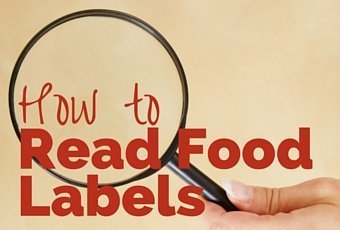
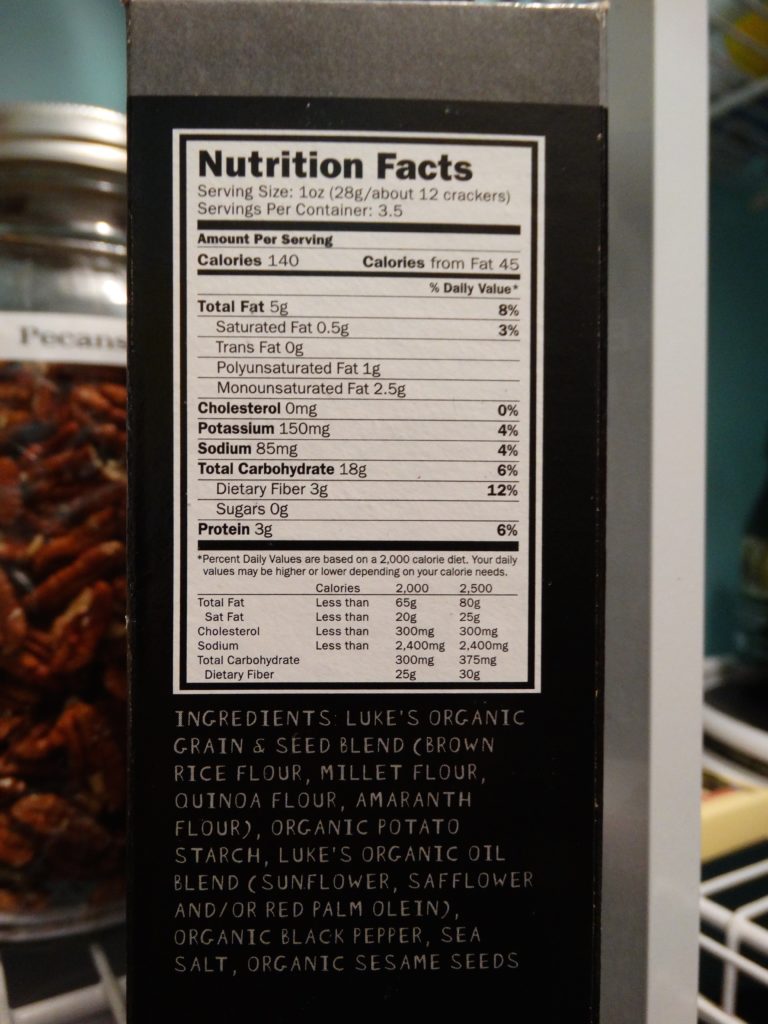
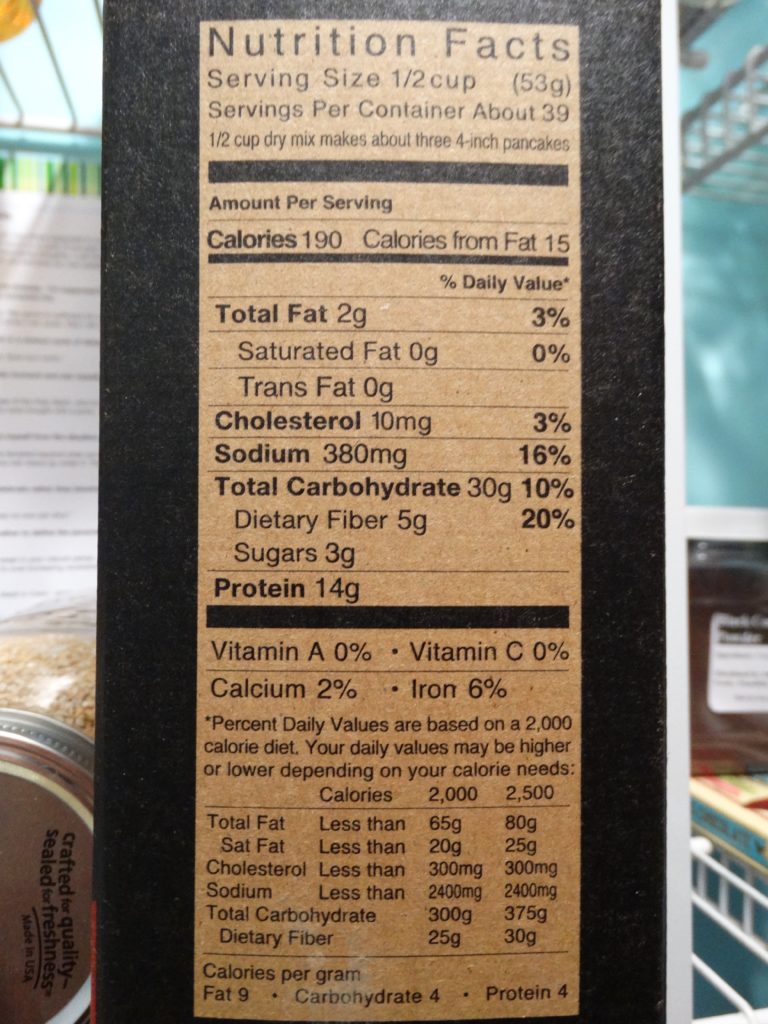
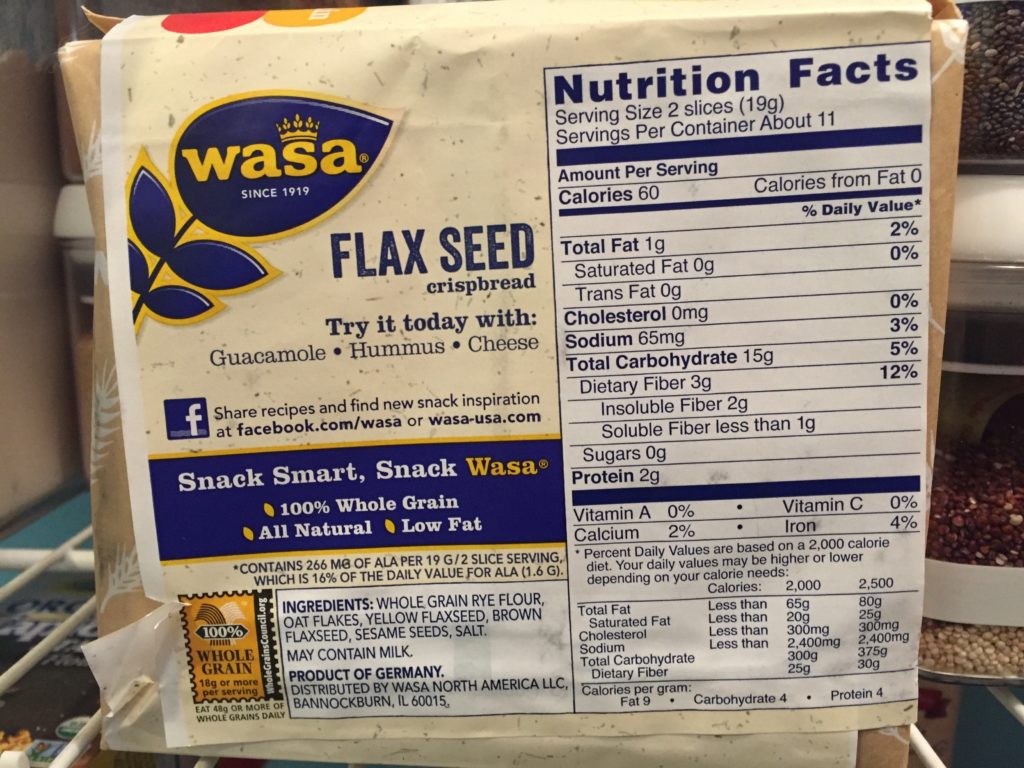
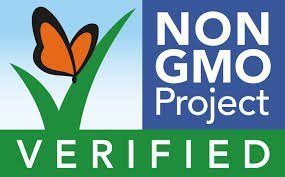
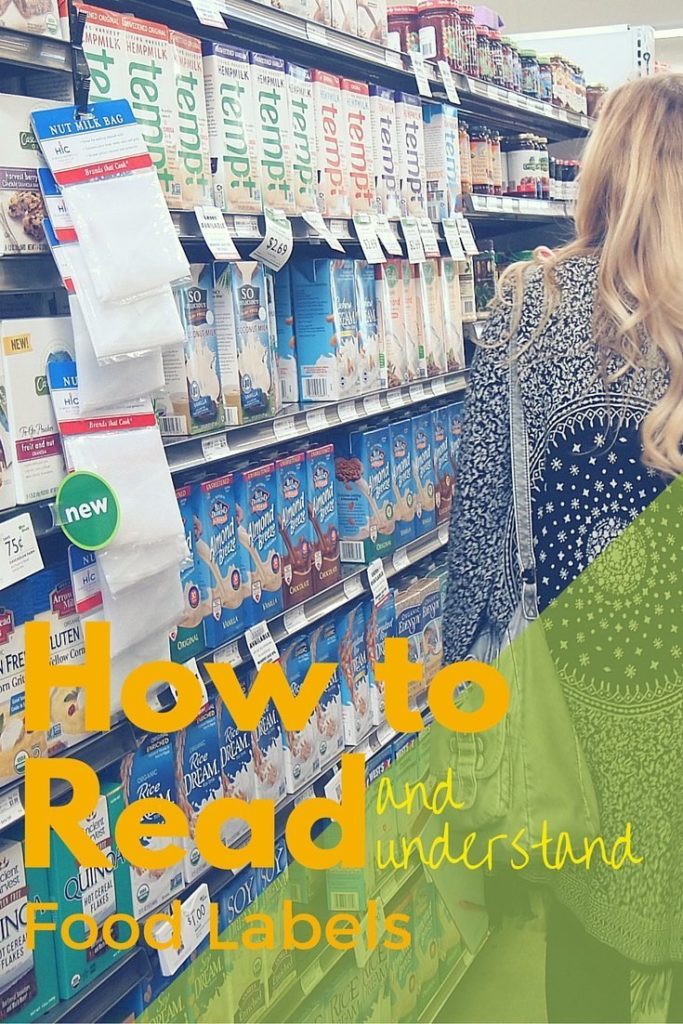

Leave a Reply
You must be logged in to post a comment.